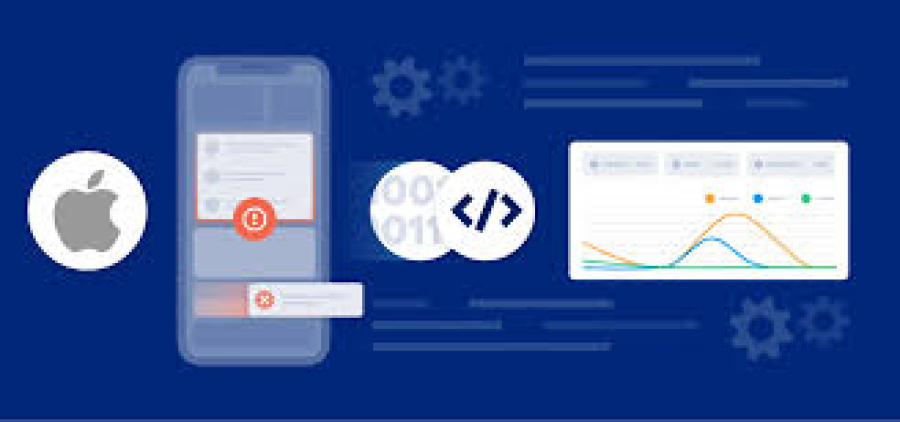Using Webinars to Grow Your Freelance Practice
In today’s competitive freelance landscape, visibility and client trust are more important than ever. One of the most effective yet underutilized strategies to grow a freelance practice is hosting webinars. Webinars allow freelancers to position themselves as experts, build relationships with potential clients, and offer real-time value—all while scaling their reach far beyond local or even national boundaries.
Whether you're a freelance writer, designer, marketer, developer, or legal expert, using webinars can help you attract high-quality leads, showcase your skills, and generate consistent work opportunities.
Long Description (2000+ words):
Why Webinars Work for Freelancers
Webinars combine the strengths of education, engagement, and marketing in one format. Unlike cold emails or social media posts that may get lost in the noise, webinars offer:
Direct audience interaction
Real-time value sharing
Lead nurturing through content
Long-form educational content
They help establish trust—a crucial factor when clients consider outsourcing work.
1. Understanding the Purpose of Your Webinar
Before you dive into planning your first freelance webinar, you must define its purpose. Is your goal to:
Showcase your expertise in a niche area?
Educate potential clients about a problem you solve?
Build your email list or funnel?
Convert attendees into paying clients?
Clarity in purpose will guide the format, content, and promotion strategy of your webinar.
2. Choosing the Right Webinar Topic
A good topic can make or break your webinar. It should speak directly to your target audience’s pain points. For example:
A freelance copywriter might run a webinar on “5 Website Copy Mistakes Costing You Conversions.”
A freelance legal consultant might host “Contract Clauses Every Small Business Needs.”
A freelance designer could present “How to Create a Brand Identity that Converts.”
Tips for choosing the right topic:
Answer frequently asked client questions.
Solve a specific problem.
Offer actionable takeaways.
3. Selecting the Ideal Webinar Platform
There are many webinar platforms available, including Zoom, Demio, WebinarJam, GoToWebinar, and Google Meet. As a freelancer, your choice should depend on:
Budget (some tools are free or have freemium models).
Ease of use for both host and attendees.
Integration with your CRM or email marketing tools.
Zoom is a great entry-level option, while tools like WebinarJam offer advanced marketing features for freelancers looking to scale.
4. Planning Your Webinar Structure
An effective freelance webinar typically includes:
Introduction (5-10 minutes): Introduce yourself, share your background, and outline what attendees can expect.
Main Content (30-40 minutes): Deliver the core value of your presentation.
Call-to-Action (10 minutes): What do you want attendees to do after the webinar? Book a discovery call? Download a freebie? Sign up for your services?
Q&A (10-15 minutes): Allow attendees to ask questions to deepen engagement.
Maintain a professional tone while being personable—this helps build rapport.
5. Creating High-Converting Registration Pages
Your webinar’s success begins with the registration page. Make sure it includes:
A compelling headline (e.g., “Learn How to Scale Your Business with Freelance Support”)
Bullet points listing key takeaways
A brief introduction about you
Clear time and date
A simple registration form
Use tools like Leadpages, ConvertKit, or your own freelance website to host this page.
6. Promoting Your Webinar
Promotion is crucial. Use a mix of channels to reach your target audience:
Email Marketing: Send invites to your list with reminder emails as the date approaches.
Social Media: Share across platforms like LinkedIn, Twitter, and Instagram with countdowns and teaser content.
Freelance Communities: Join niche groups on Facebook, Reddit, or Slack and promote your webinar (where allowed).
Collaborations: Partner with other freelancers to cross-promote and increase reach.
Begin promotion at least 10–14 days before the webinar.
7. Delivering Value During the Webinar
As a freelancer, your main selling point is you. Therefore:
Be prepared and rehearse.
Use visual aids like slides, diagrams, or live demos.
Speak clearly and confidently.
Share real-world examples from your freelance work.
Interact with your audience via polls or chat responses.
Avoid hard selling. Instead, focus on giving immense value so attendees naturally seek your services.
8. Following Up Post-Webinar
Most webinar ROI comes from follow-up—not the live event itself. After the webinar:
Send a thank-you email with a replay link.
Include a strong call to action (e.g., “Schedule a 15-minute consultation”).
Segment your leads based on attendance and engagement.
Add attendees to your email funnel for nurturing.
Use tools like Mailchimp, ConvertKit, or ActiveCampaign to automate follow-up sequences.
9. Repurposing Webinar Content
Webinars can provide weeks of marketing material. Repurpose your content to expand reach:
Turn the webinar recording into a YouTube video or podcast episode.
Convert the transcript into a blog post.
Break down key points into social media posts.
Use quotes from Q&A sessions for email newsletters.
This increases your visibility and authority in your freelance niche.
10. Tracking Webinar Metrics
To improve future webinars, analyze key metrics:
Registration rate vs. attendance rate
Audience retention (when people dropped off)
Click-through rate on call-to-action
Conversion rate (how many leads became clients)
These insights will help you refine your content and marketing strategy over time.
Real-Life Example: How a Freelance Marketer Gained 12 New Clients
Consider Emma, a freelance content strategist. She hosted a webinar titled “How to Create Content That Converts for SaaS Startups.” She promoted the event through her LinkedIn and email list. Of the 120 sign-ups, 70 attended. 12 booked consultation calls, and 6 became paying clients. The key? Her clear value delivery and warm follow-up funnel.
Tips for Freelancers New to Webinars
Start small: even a 10-person webinar can build traction.
Record yourself beforehand to overcome nervousness.
Offer a free template or checklist as an incentive.
Don’t worry about perfection—focus on progress and clarity.
Conclusion: Webinars as a Scalable Growth Tool
Webinars are not just for big brands. For freelancers, they are a scalable, cost-effective, and powerful tool to attract leads, showcase expertise, and build lasting client relationships. By investing in one good webinar, you can unlock multiple opportunities: increased visibility, client trust, portfolio growth, and ultimately, income.


 by Emily
by Emily




